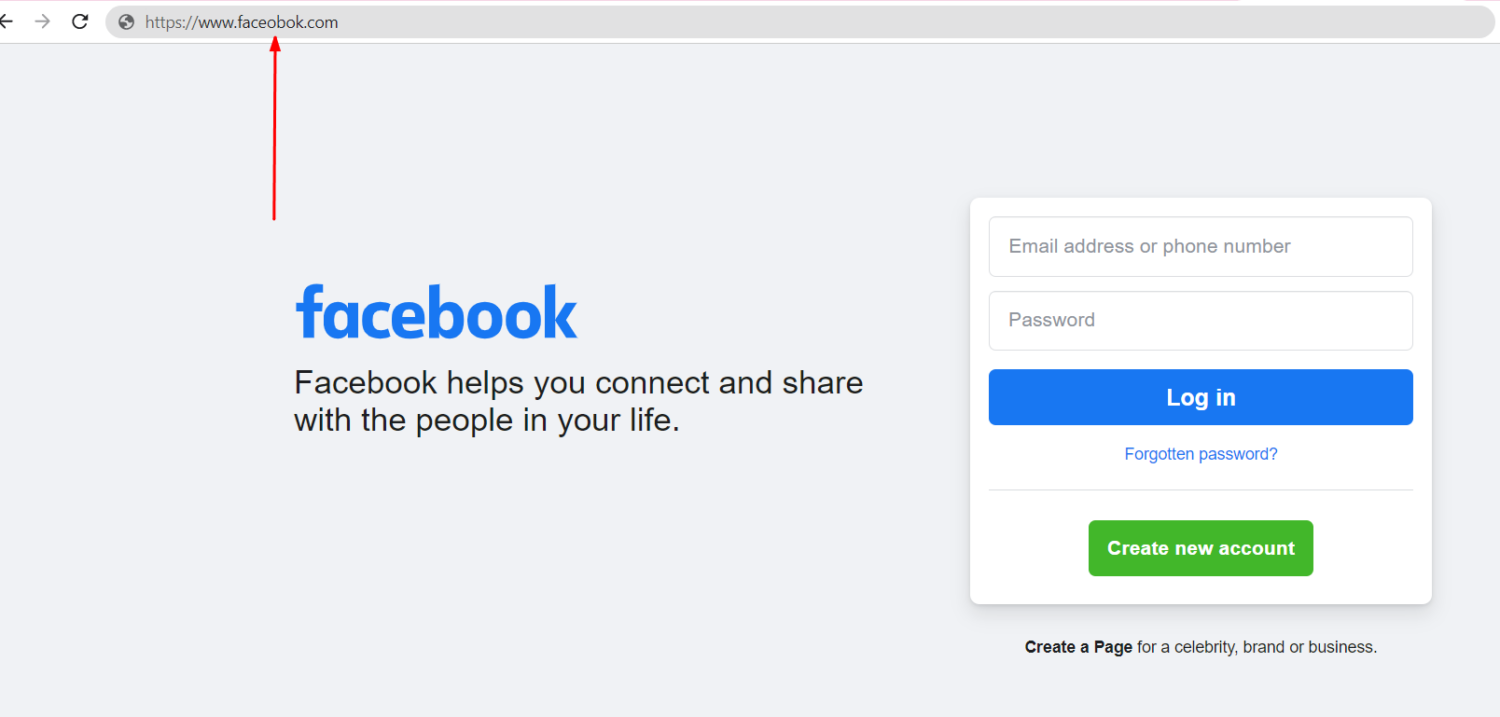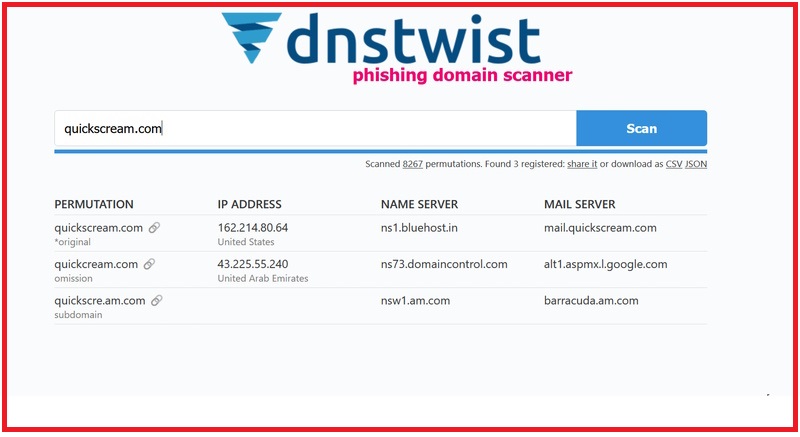We earn commission when you buy through affiliate links.
This does not influence our reviews or recommendations.Learn more.
You should be careful while typing a website address on your internet tool address bar.

What Is Typosquatting?
How Does Typosquatting Work?
For example, a hacker can registerexemple.comorexampl.comto target internet users ofexample.com.

The look and feel of the typosquatting website may be the same as the original website.
So you might not notice that you are on a fake website.
Also, typosquatting websites steal your traffic, which means a loss of revenue.

Adding WWW to the URL
Hackers also add www to the URLs of popular websites to register typosquatting websites.
For example,wwwfacebook.com.
Did you notice the absence of a dot betweenwwwandfacebook.com?

Using Wrong Domain Extension
Hackers can use the wrong domain extension to create a typosquatting websitefor example,www.facebook.cm.
For example,face-book.com.
For example,face.book.com.

Supplementing Popular Brands
Hackers also supplement popular brand names with appropriate words to create fake URLs of malicious sites.
For example,apple-shop.com.
Why do Hackers Employ Typosquatting or URL Hijacking?

The following are key reasons why threat actors are motivated to register typosquatted domains of legitimate domains.
For example, you run an e-commerce website named GreenTeaShop.com, offering various types of green tea online.
A typosquatter can create a fake website GrenTeaShop.com and redirect it to your competitor.
When users throw in GrenTeaShop.com instead of the correct URL of your website, they will reach your competitor.
And the typosquatter will receive money from your competitor for redirecting customers to their website.
In that case, the typosquatter may start serving website visitors ads to generate advertising revenue.
For instance, you run a hugely popular website- teenhobby.com and thousands of people visit your website monthly.
And many of your visitors may incorrectly pop in teenhoby.com instead of the correct name.
And then, they can start earning ad revenue by participating in any advertising program like Google Ads.
A fake site or sting site can also present users with online surveys and feedback forms to steal data.
So if you want to protect your sensitive information, beware of typosquatting websites.
Bait and Switch
Threat actors can register misspelled domain names to create fake sites of original online stores.
For example, you run a famous e-commerce store named hardcoffee.com.
A threat actor can register a typosquatting website with the domain name- hardcofee.com to run a scam.
When customers reach hardcofee.com due to incorrectly typing your website address, they can place orders and make payments.
But the typosquatter doesnt deliver the ordered products.
Worse, they can sell customers card details on the dark web.
Ransomware, Spyware, and RAT are common malware programs threat actors can install using a typosquatting website.
For instance, you run a popular website named indoorgames.com.
A threat actor may create a websiteindorgames.com and contact you if you are interested in buying this typosquatting website.
Many business owners buy potentially spoofed domains hoping to prevent incidents of typosquatting.
Typosquatting vs. Cybersquatting: What Is the Difference?
Consequently, they will reach a fake website created by the typosquatter to fulfill various malicious purposes.
For example, someone runsShooFit.comwebsite, offering quality shoes for men, women, and children.
After some years, the shoe company becomes successful, selling thousands of shoes daily online.
A threat actor opensShooFitStore.comto capitalize on the success ofShooFit.com.
Doing so will prevent webpage visitors from inadvertently reaching typosquatted websites.
Also, you should trademark your domain name.
If someone tries registering a domain name that infringes your trademark, it will notify you.
It will help you detect typosquatting, brand impersonation, and homograph phishing attacks.
throw in the URL of your website and choose the Scan button.
You will get a list of domains that are similar to your website.
Check these domains carefully to identify typosquatting websites.
The US has the Anticybersquatting Consumer Protection Act (ACPA)that offers many legal options to combat typosquatting.
You must hire an attorney or lawyer if you decide to pursue your reactive action under ACPA.
And if you run a business, a typosquatted domain owner can divert your potential customers to your competitors.
Also, a typosquatter may create a scam site, riding on the popularity of your genuine site.